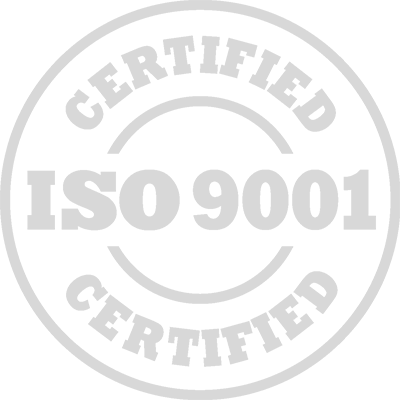| REF: | 9115_302186 |
| DATE: | 16 - 20 Jun 2025 20.Jun.2025 |
| LOCATION: |
Amsterdam (Netherlands) |
| INDIVIDUAL FEE: |
5500 Euro |
Introduction:
Asset Integrity Management (AIM) is an essential component of the petroleum industry. It is designed to manage assets safely and sustainably while ensuring optimal return on investment. This AIM asset integrity management for oil and gas course will delve into the multifaceted concept of AIM, encompassing design integrity, technical integrity, and operational integrity, focusing on safeguarding operating systems.
Critical methodologies incorporated in the AIM asset integrity management for oil and gas training include reliability-centered maintenance (RCM), failure mode effect and criticality analysis (FMECA), risk-based maintenance (RBI), and inspection of static and rotating process equipment. We will also address the mitigation of challenges due to human factors and effective project management strategies.
The Value of Asset Integrity Management in Oil and Gas:
With the ever-increasing complexity and regulatory requirements in the oil and gas sector, obtaining an AIM certification can benefit individuals and organizations enormously. Becoming certified in AIM denotes a commitment to the highest safety, efficiency, and reliability standards in managing critical industry assets.
Through AIM asset integrity management for oil and gas certification, professionals gain recognition for their expertise in undertaking asset integrity management solutions, thus enhancing their capability to contribute significantly to the integrity asset management domain.
This AIM asset integrity management for oil and gas training added endorsement can also aid in career advancement, promoting a culture of continuous improvement and recognition of professional competence in the dynamic field of asset integrity management within the oil and gas industry.
Targeted Groups:
- Engineering Asset Management and Asset Integrity Management Personnel.
- Technical Safety personnel.
- Engineers are involved in maintenance and modification projects.
- Inspection, Maintenance Analysis, and Planning Personnel.
- Project Managers and Project Engineers.
- Technical discipline responsible personnel.
Course Objectives:
Upon successful completion of this AIM asset integrity management for oil and gas course, participants will:
- Manage assets within the petroleum industry sustainably and safely.
- Assess and control the Asset Integrity of operational assets in production and process systems.
- Perform integrity management for both topside and subsea systems.
- Understand the comprehensive asset process from a systems engineering perspective.
- Implement adaptive technologies and innovative techniques in engineering projects.
Targeted Competencies:
Upon successful completion of this AIM asset integrity management for oil and gas course, target competencies will:
- Asset Integrity Management Guidelines.
- Subsea and Risk Assessment Frameworks.
- Deepwater Riser and Subsea Integrity Management Strategies.
- Develop robust asset integrity maintenance and repair philosophies.
- Asset management interpretation skills.
- AIM for FPSOs and offshore floating facilities.
- Riser and Subsea Asset Field Life Extension Case Studies.
- Risk-based Inspection Techniques for FPSOs and Subsea Facilities.
Course Content:
Unit 1: Asset Integrity Management:
- Introduction to the Concept of Asset Management and Asset Integrity Management.
- The Asset Management Landscape Process Model.
- Components of the Asset Management System include policy, strategy, and strategic plans.
- Asset Management roles and responsibilities.
- International standard on Asset Management: ISO 55000 series.
- Process for obtaining Asset Integrity Management certification.
Unit 2: Risk and Risk Assessment:
- Approaches Used for Asset Integrity Management.
- Identification and assessment of risk.
- Risk management: using the risk matrix, risk register, and hazard log.
- Risk on the business level, system level, and asset level.
- Several methodologies on different levels.
- Contingency planning.
Unit 3: Risk-Based Maintenance:
- Deterioration: the way assets could fail.
- The seven steps of Risk-Based Maintenance (RBM) / Reliability Centered Maintenance (RCM) include.
- Failure Mode Effects and Criticality Analysis.
- Failure Behavior of Onshore and Offshore Systems.
- Choose the right maintenance task.
- Risk-Based Inspection.
- Practical application.
Unit 4: Life Cycle Management Aspects:
- The Lifecycle of an Asset from Procurement to Disposal.
- Systems Engineering and RAMS (Reliability, Availability, Maintainability, and Safety) Specifications.
- Operational Workflows and How They Contribute to Asset Integrity.
- Strategies for Extending the Lifetime of Assets.
- Utilization of Performance Measurements and Key Performance Indicators (KPIs) in AIM.
Unit 5: The Way Forward: Improvement Plan:
- Assessment of Current Performance within Asset Management.
- Development of an improvement or individual improvement plan, optimizing the cost/benefit aspect of Asset Integrity Management.


